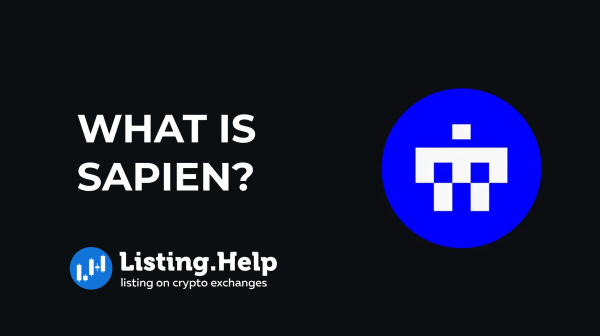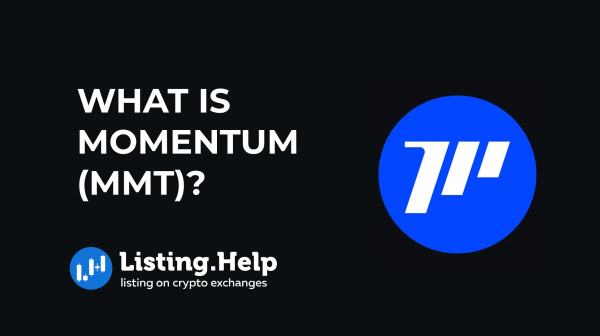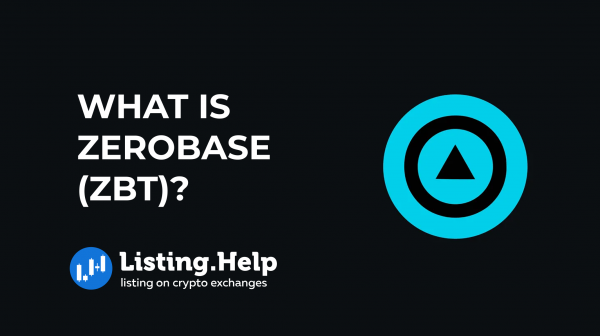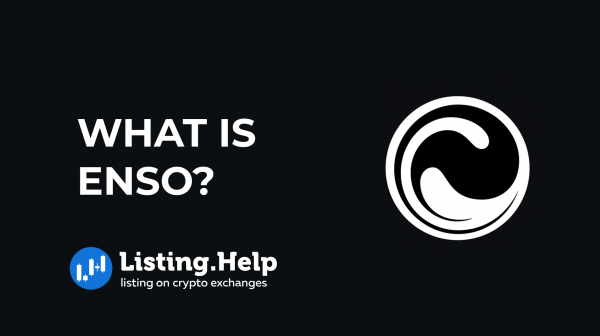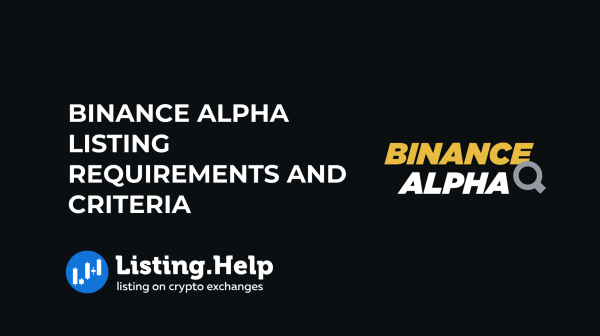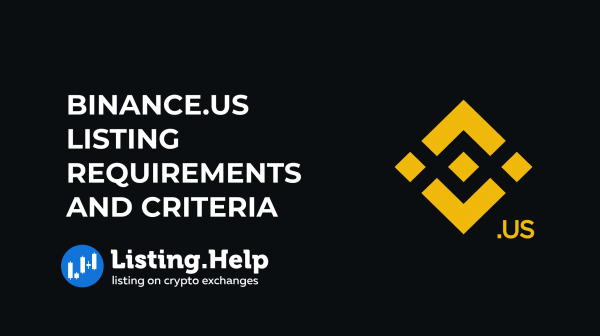What is Sharding? Key Approaches to Sharding
 January 31, 2024
January 31, 2024 Updated: January 27 2025, 07:21
Updated: January 27 2025, 07:21
LEAVE A REQUEST
Launching your own token project? Our experts are ready to help with listing on exchanges, market making, marketing and other solutions
SUBMIT APPLICATIONBlockchain, celebrated for enabling decentralization, transparency, and robust security, confronts a crucial hurdle: enhancing scalability. This challenge forms a part of the “blockchain trilemma,” which strives to balance security and decentralization with scalable growth. Addressing this issue is an active area of development in the blockchain industry, where innovative strategies like sharding are key.
What is Sharding?
Sharding is a cutting-edge approach employed by blockchain organizations to scale effectively. It involves dividing a blockchain’s infrastructure into smaller, manageable sections called “shards.” Each shard operates with unique data sets, functioning independently from its counterparts.
The adoption of sharding dramatically improves network efficiency. By distributing the workload across multiple shards, it helps mitigate bottlenecks, thus accelerating transaction throughput.
How Does Sharding Work?
We will delve into two primary methods: sequential and parallel processing.
In a standard blockchain setup, every node carries the responsibility of processing the entire volume of transactions. This approach, known as sequential processing, requires each node to store critical data like account balances and transaction history. Consequently, every node processes the entire spectrum of network operations, data, and transactions.
While this methodology enhances blockchain security by distributing every transaction record across all nodes, it significantly hampers data processing speeds. That’s where parallel processing becomes valuable, enabling the simultaneous execution of multiple operations.
Sharding emerges as an effective solution to this bottleneck by dividing or ‘partitioning’ the blockchain network’s transactional load. It eliminates the need for every node to manage and process the full extent of blockchain data.
Sharding achieves this by employing horizontal partitioning, where data is split into horizontal segments, or ‘shards.’ Each shard functions as an independent database, capable of processing its own set of transactions, distinct from the others. This approach significantly boosts efficiency by allowing shards to handle transactions concurrently, rather than overloading every node with the entire network’s data.
Horizontal and Vertical Partitioning
Horizontal and vertical partitioning are two distinct approaches employed for efficient database scaling, each functioning in its own unique manner. Sharding, a prevalent form of horizontal partitioning, is particularly notable in its application.
Horizontal partitioning involves dividing data across rows and distributing it across various nodes or databases. Each node thus holds a fraction of the data. Since each row represents an independent entity, this division maintains data integrity. Blockchain networks like Ethereum and Bitcoin exemplify horizontal partitioning, distributing data among multiple nodes.
Conversely, vertical partitioning splits data by columns. In this approach, each partition may contain either a subset of data for all entities or the entire dataset, but limited to specific attributes. For example, in a customer database with attributes like Name, Status, Description, and Photo, vertical partitioning might separate ‘Name’ and ‘Status’ in one partition, with ‘Description’ and ‘Photo’ in another.
The preference for horizontal partitioning:
1. Scalability: Sharding, through horizontal partitioning, breaks data into smaller, independent ‘shards,’ enhancing the network’s capacity to handle multiple transactions concurrently. This increases network speed and efficiency. Vertical partitioning, in contrast, might complicate data retrieval for complete transactions or blocks, potentially hampering scalability.
2. Decentralization: Horizontal partitioning aligns with blockchain’s fundamental principle of decentralization. As nodes process only a segment of the total data, it eases computational and storage requirements, enabling more nodes to join the network. Vertical partitioning doesn’t support this level of decentralization, as each node would require access to all data partitions to fully understand and verify block data.
3. Security and Data Integrity: Horizontal partitioning ensures each shard contains complete transaction data, allowing nodes to maintain accurate and comprehensive copies of their portion of the blockchain. Vertical partitioning poses challenges in maintaining data integrity and security, as it would involve distributing different aspects of a block’s data across various nodes, crucial concerns in blockchain networks.
Advantages of Sharding
Boost in Transaction Speed
One of the most notable benefits of sharding is the accelerated transaction processing speed. By enabling parallel processing, sharding allows multiple transactions to occur simultaneously across different shards. Each shard operates independently, leading to a considerable increase in transaction speed.
This not only quickens the transaction process but also scales up the network’s capacity to accommodate more users, paving the way for broader adoption. Ziliqa, for instance, utilizes sharding to facilitate thousands of transactions per second, showcasing its scalability potential.
Reduced Processing and Storage Requirements
Traditional blockchain models require every node to store the entire history of transactions, which increases hardware demands as the network expands. Sharding, however, assigns each node a portion of the total data, significantly cutting down the processing and storage load.
This reduction makes it feasible for more participants to serve as validators, enhancing network decentralization without burdening them with exorbitant costs. It addresses the issue of blockchain participation being limited to those with advanced computing resources, thus preserving the democratic ethos of blockchain technology.
Enhanced Network Performance and Capacity
Sharding positively impacts the overall performance and scalability of a network. In classic blockchain structures, the addition of more nodes ironically leads to reduced performance due to the need for extensive data communication and synchronization. Sharding changes this by having each shard function independently and concurrently, enabling the network to handle more transactions and computations efficiently.
When new nodes are added, they are integrated into specific shards rather than the entire network, boosting the system’s ability to scale and perform better. This results in smoother transactions and an improved user experience.
Challenges of Sharding
- Single Shard Takeover Attacks
Sharding reduces the computational effort needed to control a single shard compared to the whole network. This reduced requirement exposes individual shards to the risk of “one-percent attacks” or “shard takeovers,” where attackers, with comparatively minimal resources, can potentially dominate a single shard.
- Complexities in Cross-Shard Transactions
Managing transactions across different shards (cross-shard transactions) is complex and raises the risk of double-spending if not meticulously handled. If the transactional states between shards are not accurately synchronized, it could be exploited for double-spending.
- Data Availability Issues
In sharding, maintaining a comprehensive view of the entire network state is complex. If specific shards are unavailable when needed (due to offline nodes), it can disrupt network operations, leading to data availability challenges.
- Network Security Concerns
Effective sharding hinges on a protocol that evenly distributes the load among shards. Incorrect distribution can result in data or resource imbalances, potentially destabilizing the network.
- Node Synchronization Delays
Synchronizing information across various nodes can lead to network delays. This is especially true if nodes with slower processing power or network connections lag, as they can slow down the entire synchronization process. Such delays can detract from the blockchain network’s overall performance.
Conclusion
Sharding stands as a significant advancement in tackling the blockchain trilemma, offering a scalable solution while maintaining decentralization. Despite introducing new challenges, its potential is vast. The success of sharding will depend on continuous innovation and thorough testing.

For more insights into blockchain technologies and their evolving landscapes, visit our blog at Listing Help. Stay informed about the latest developments and breakthroughs in the blockchain world.




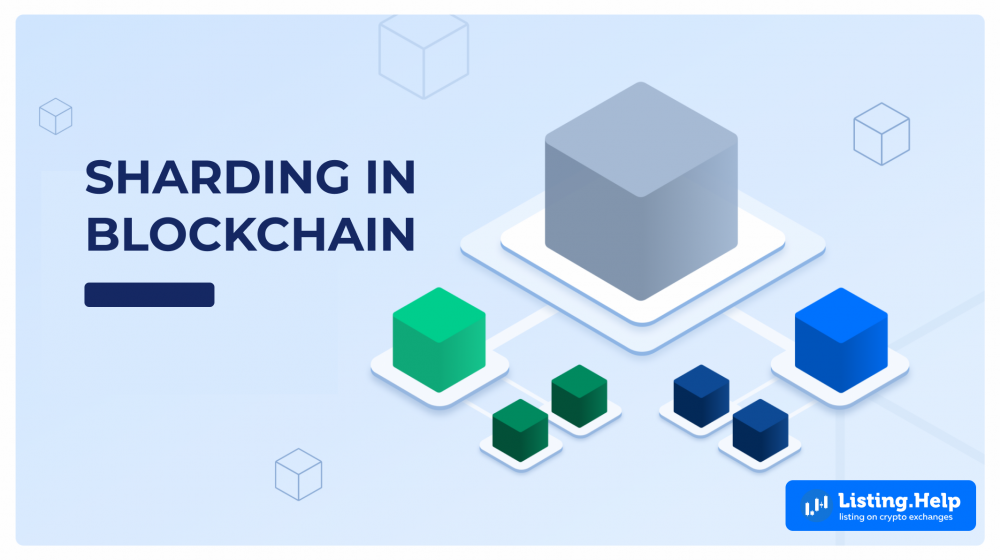

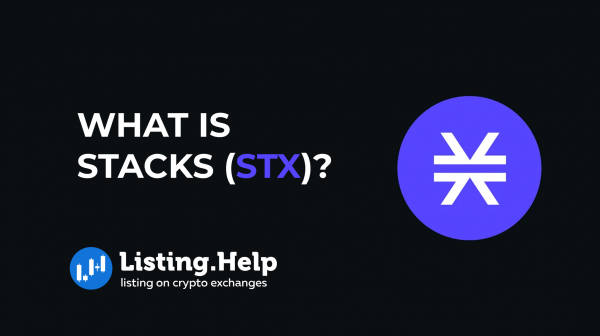
 December 18, 2025
December 18, 2025 